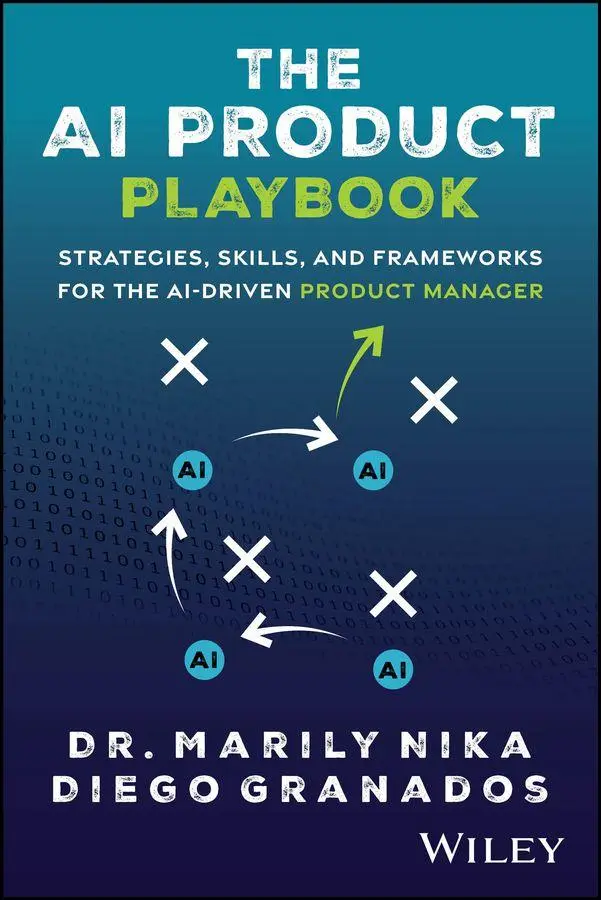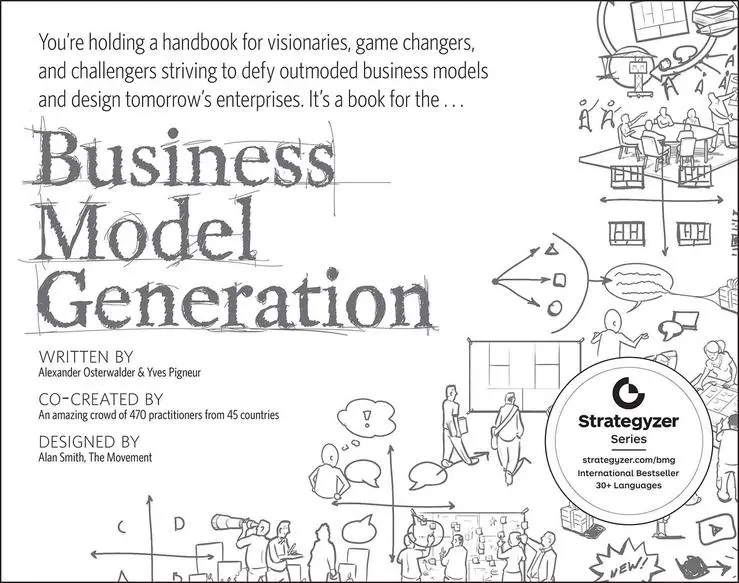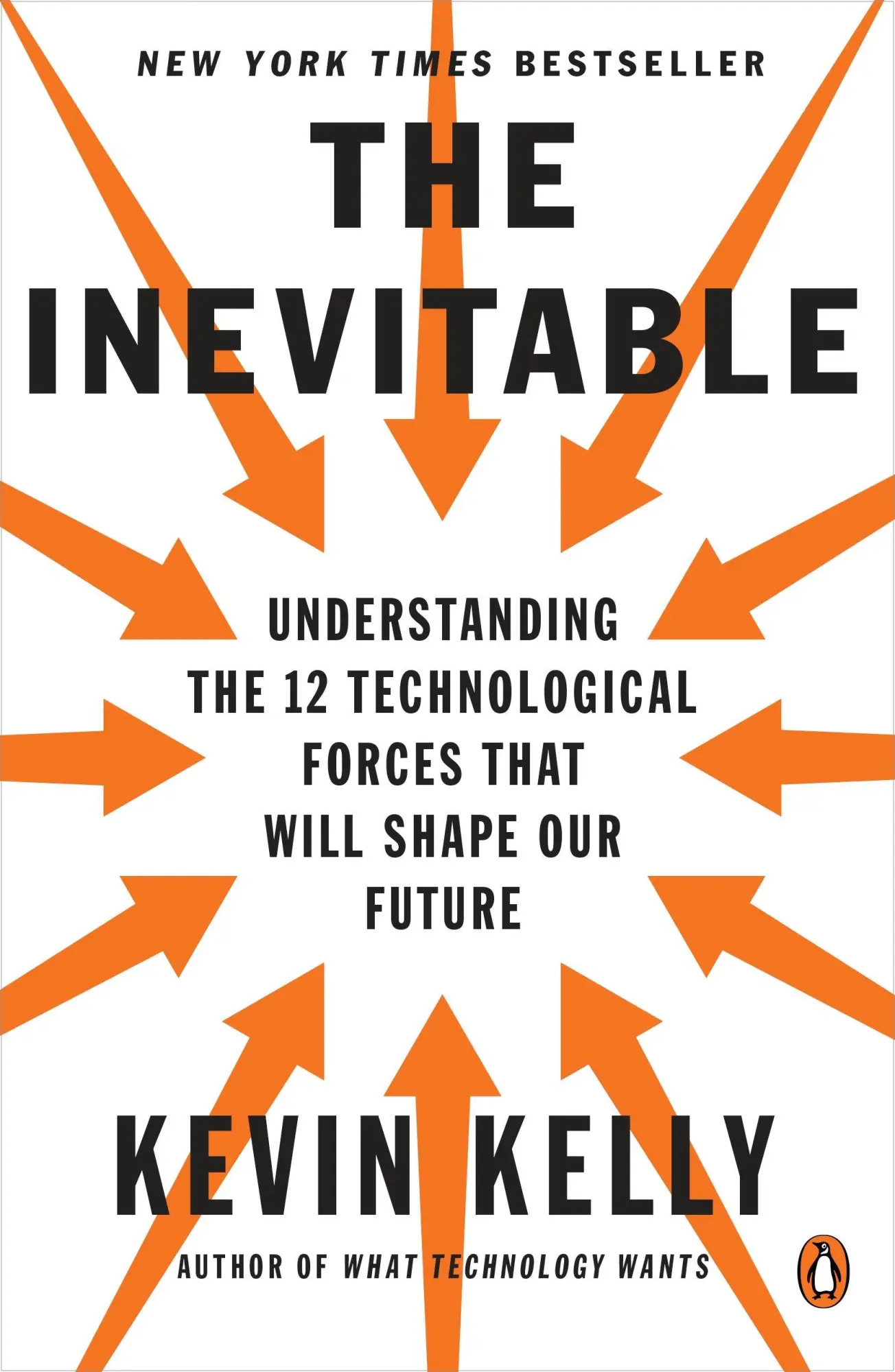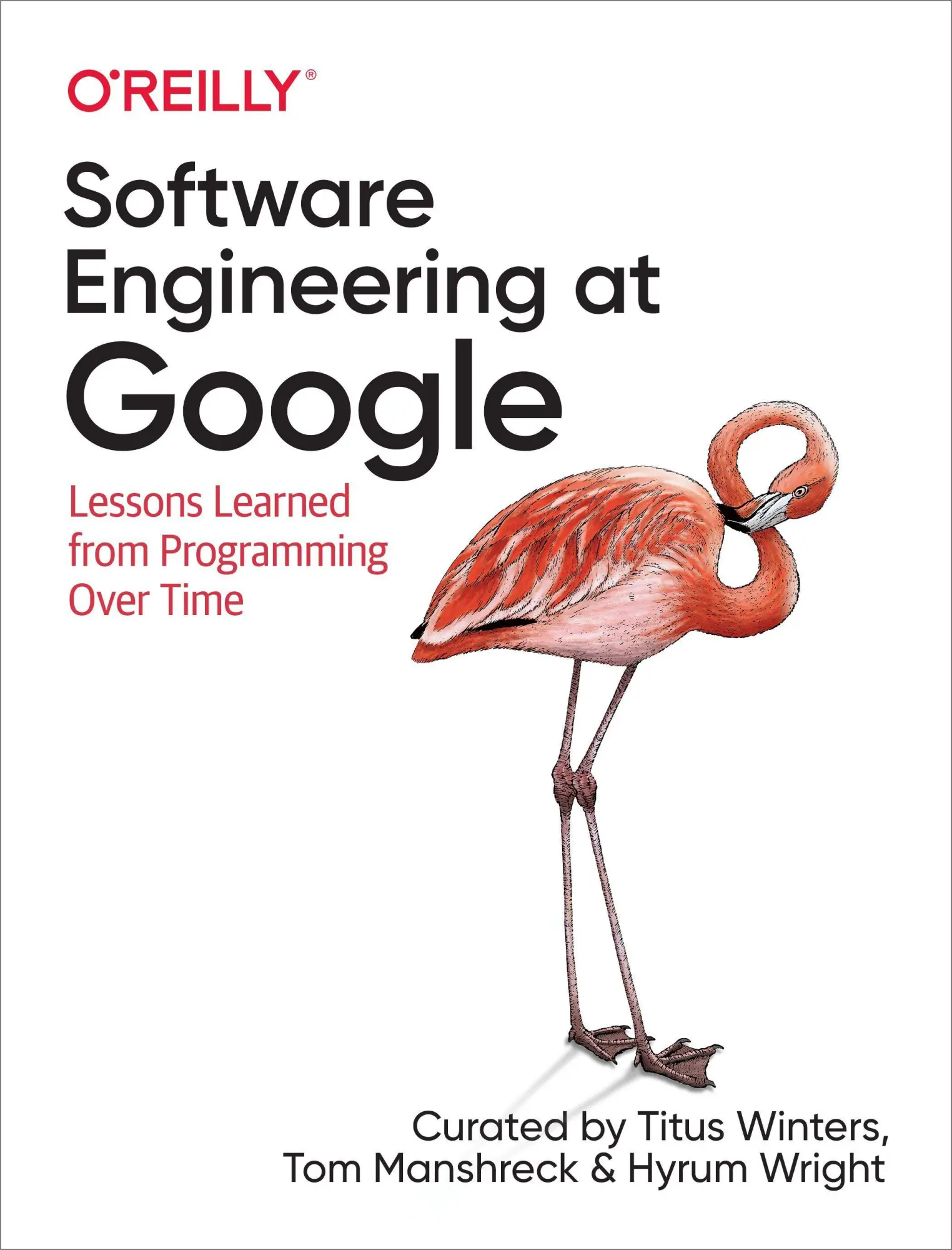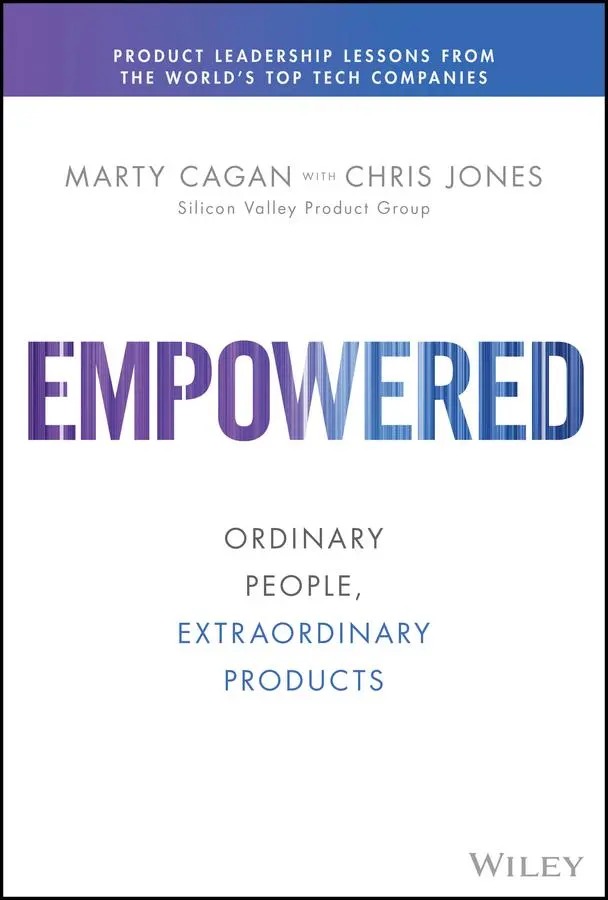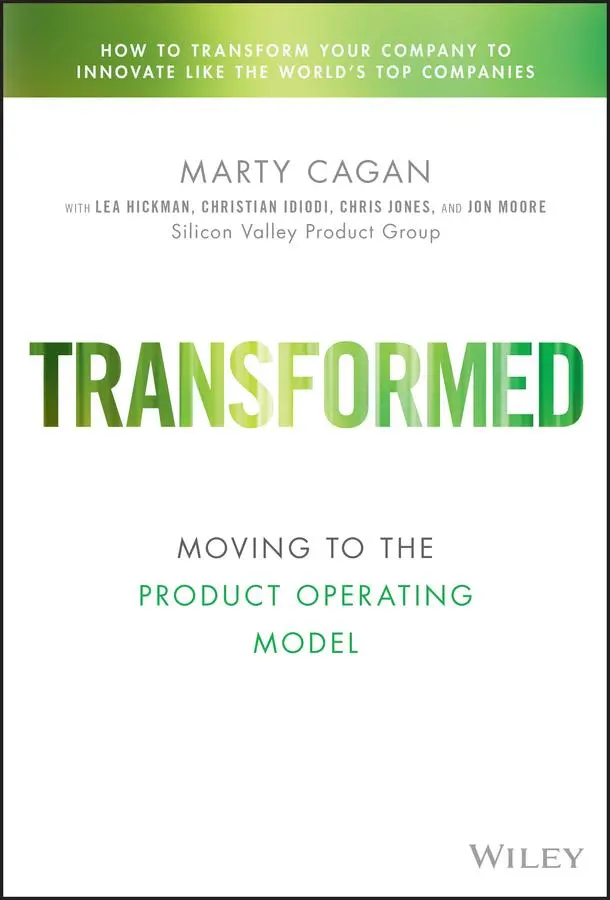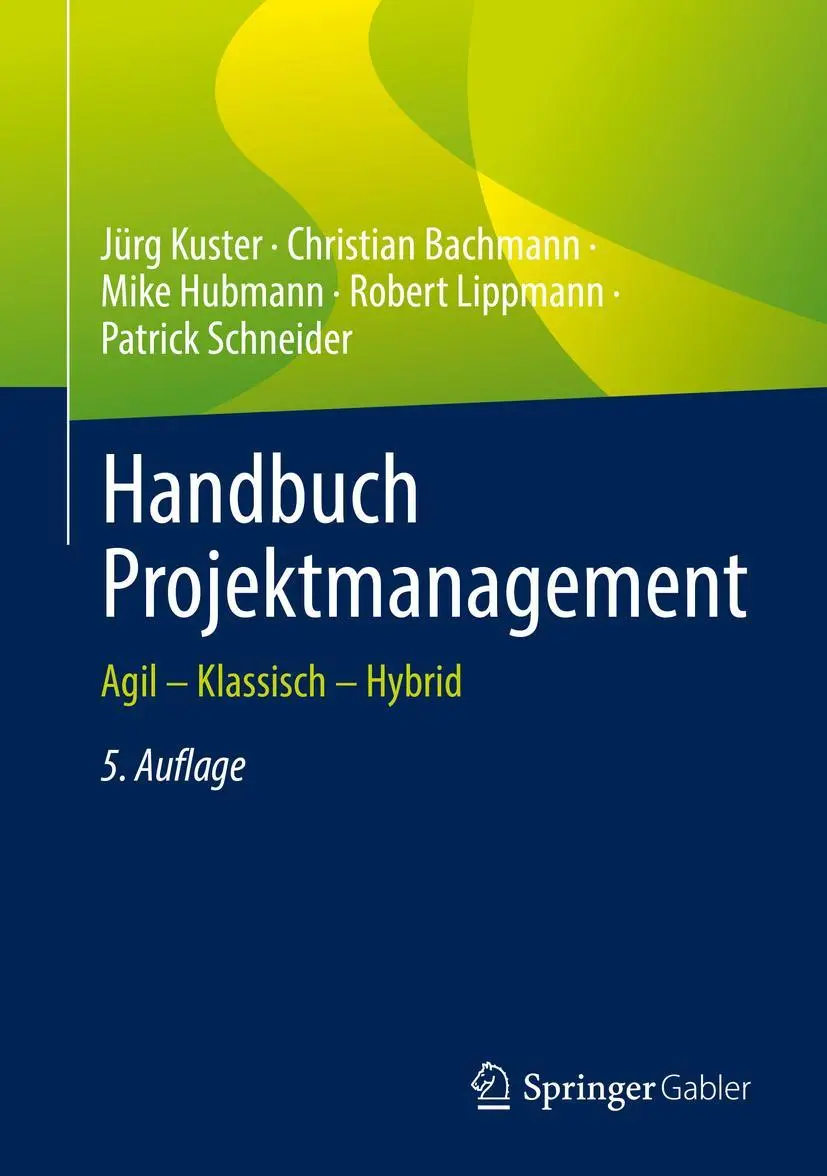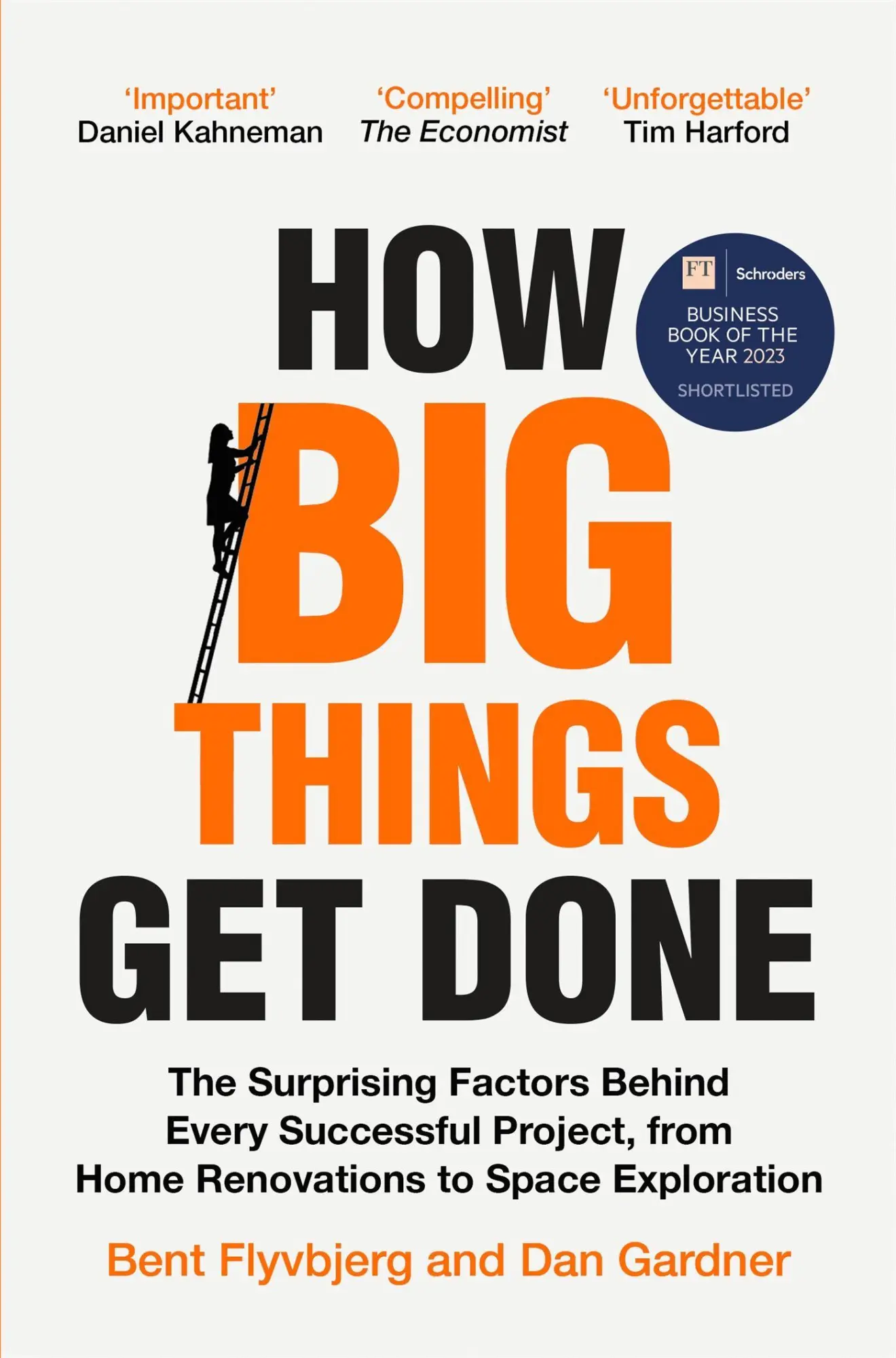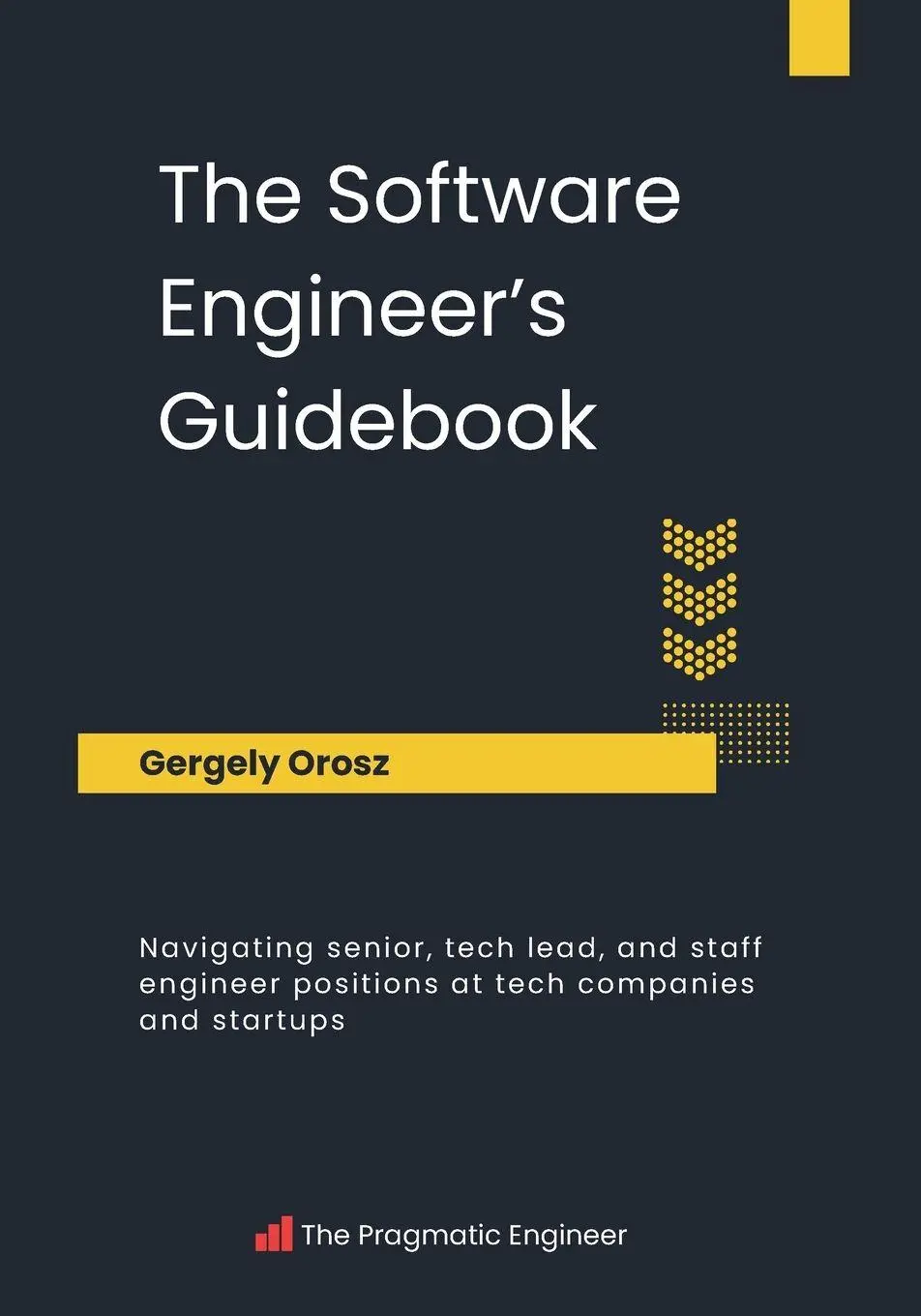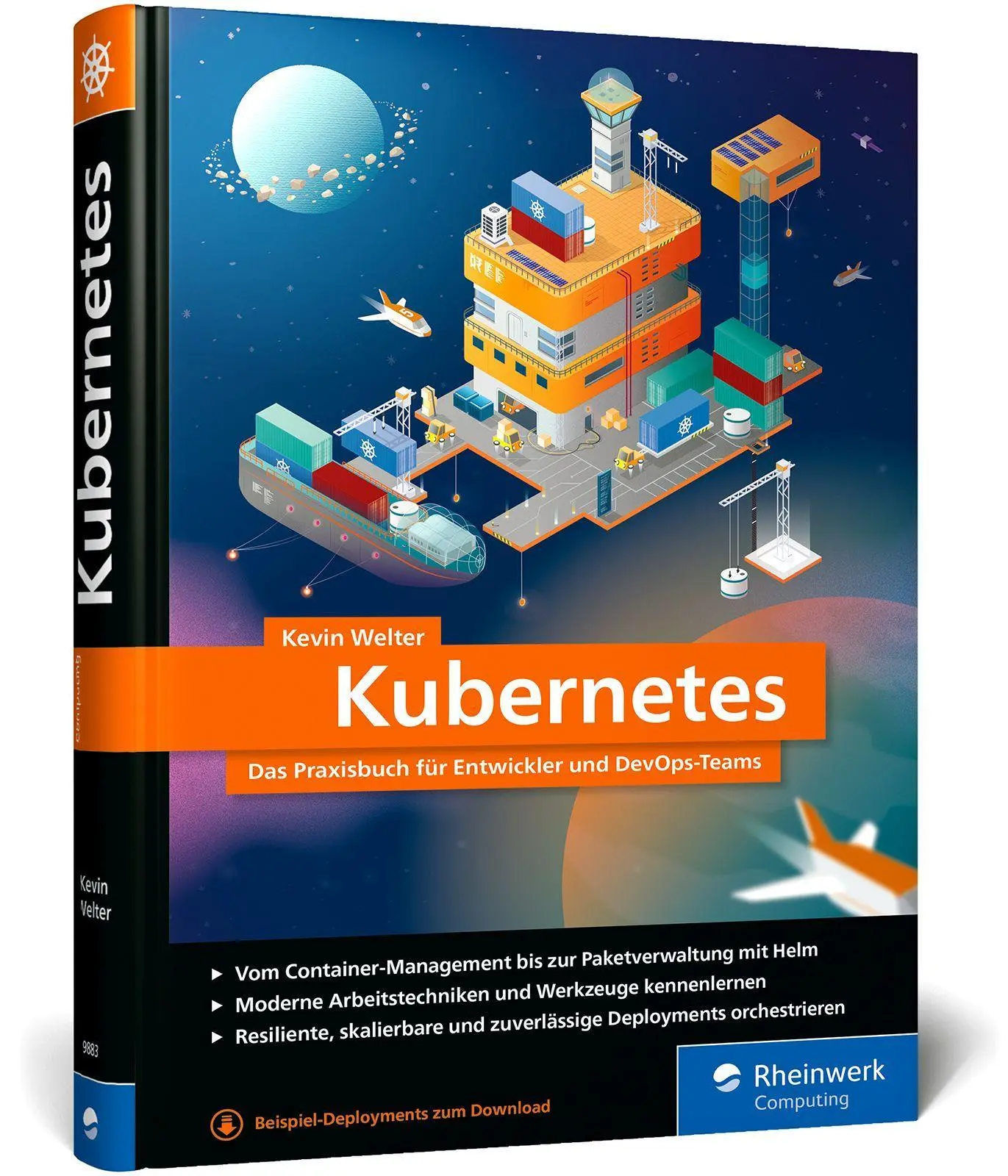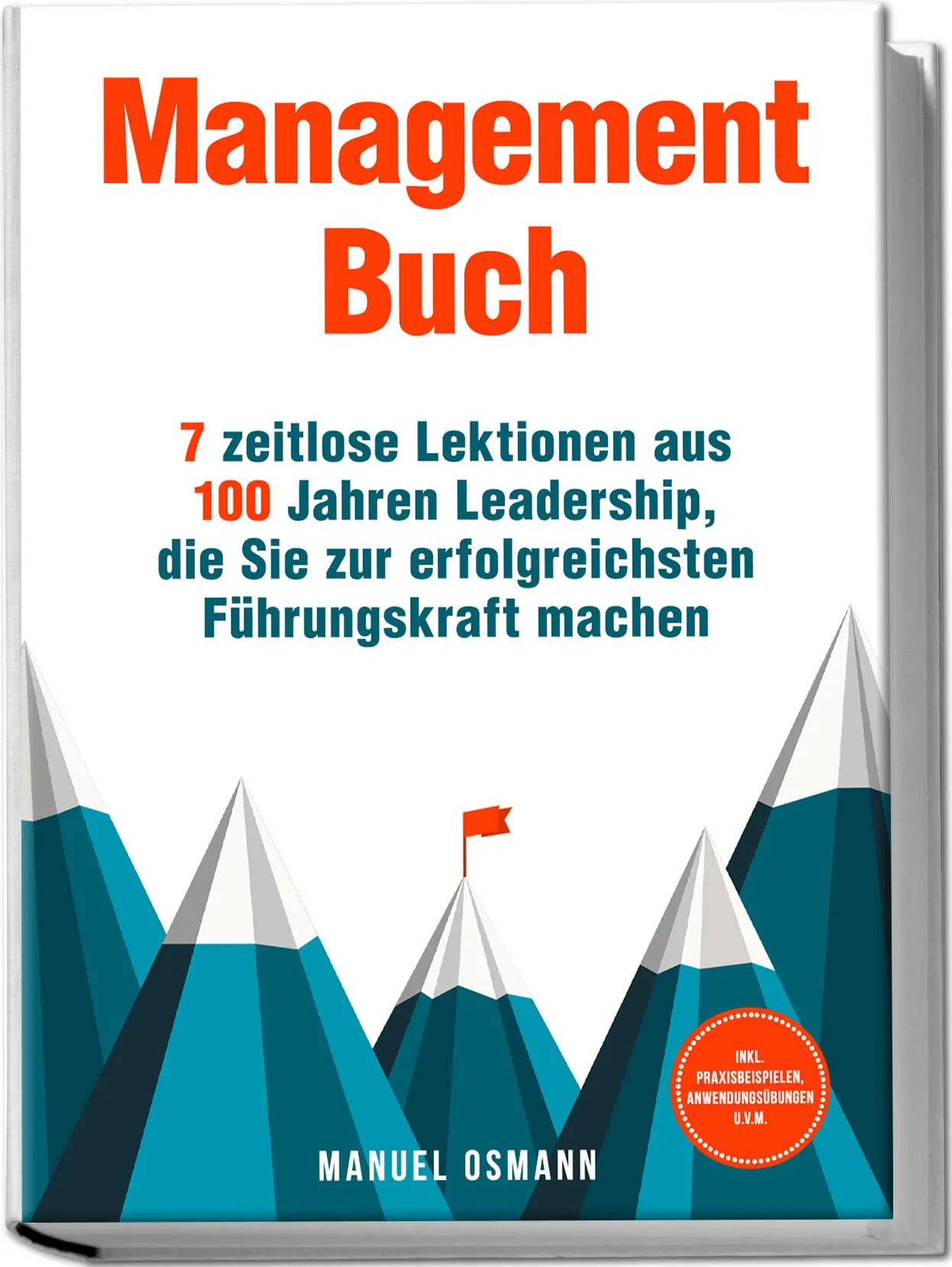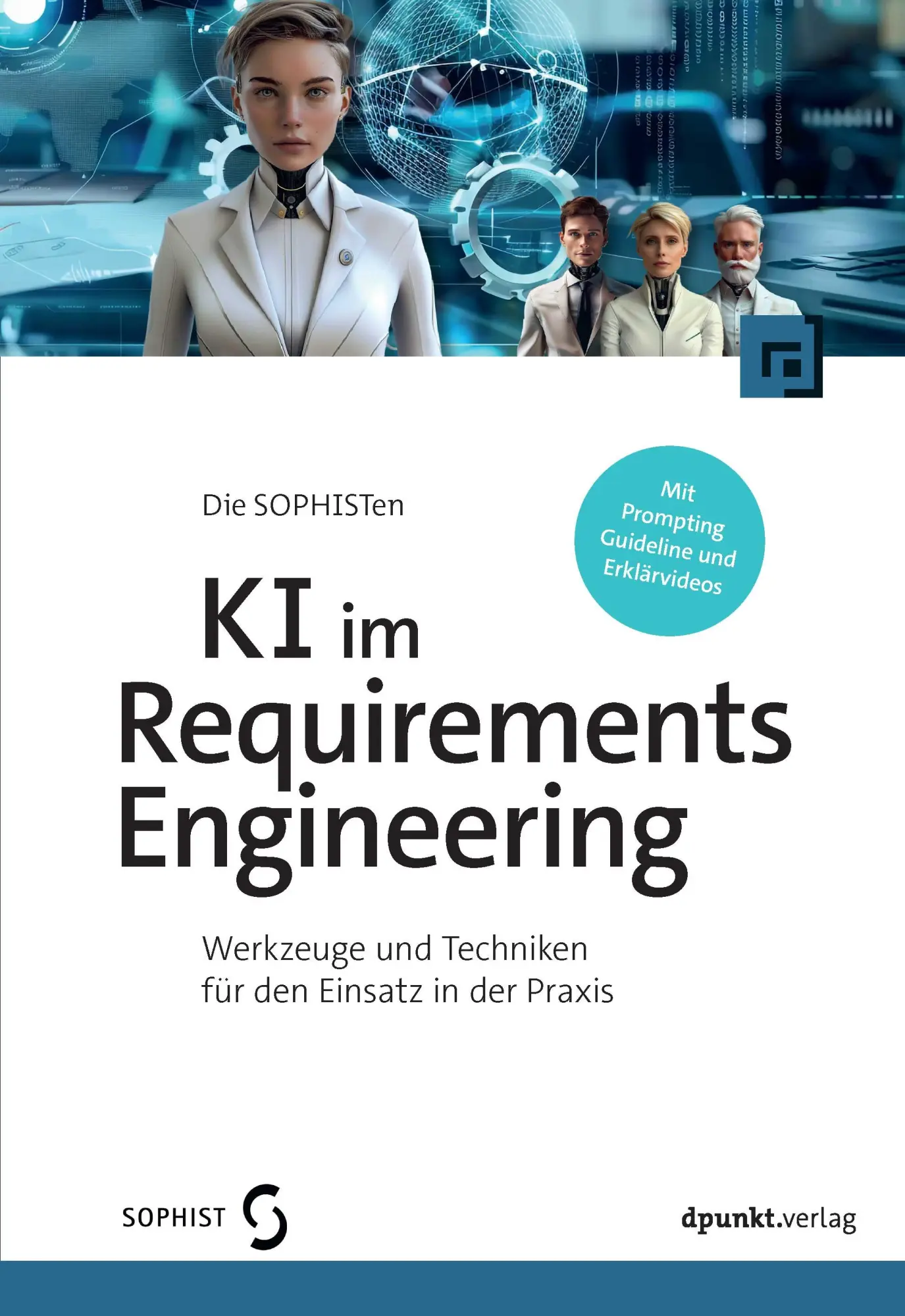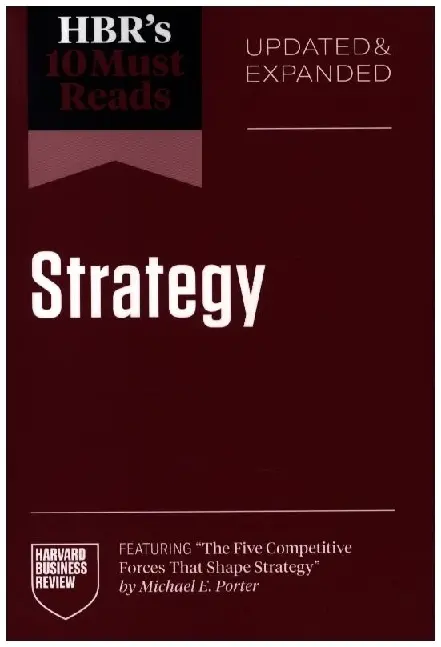35,60 €
Versandkostenfrei per Post / DHL
Lieferzeit 1-2 Wochen
A comprehensive guide for aspiring and current AI product managers
The AI Product Playbook: Strategies, Skills, and Frameworks for the AI-Driven Product Manager, by Dr. Marily Nika and Diego Granados, is a practical resource designed to empower product managers to effectively build, launch, and manage successful AI-powered products. This playbook bridges the gap between artificial intelligence theory and real-world product management, offering actionable learnings tailored to non-technical professionals.
Drawing from extensive industry experience, Dr. Nika and Granados introduce the three essential AI product manager roles: AI Experiences PM, AI Builder PM, and AI-Enhanced PM. They offer guidance on developing skills crucial for each role and navigating common challenges in the workplace. Readers will also find valuable strategies for career growth, lifelong learning, and crafting a distinctive AI portfolio.
Inside the book:
- Practical frameworks for discovering AI opportunities and aligning AI capabilities with business goals
- A deep technical dive with clear explanations of foundational AI and machine learning concepts, including supervised learning, unsupervised learning, reinforcement learning, and generative AI
- Guidelines for ethical AI implementation, addressing bias, fairness, and compliance with AI regulations
- Strategies for effective collaboration with cross-functional teams and enhancing productivity through AI
- Interactive exercises, action plans, checklists, templates, and quizzes designed to reinforce learning and build real-world skills
Essential reading for aspiring and experienced product managers alike, The AI Product Playbook provides a roadmap to mastering AI-driven product management and advancing your career in the dynamic field of artificial intelligence.
A comprehensive guide for aspiring and current AI product managers
The AI Product Playbook: Strategies, Skills, and Frameworks for the AI-Driven Product Manager, by Dr. Marily Nika and Diego Granados, is a practical resource designed to empower product managers to effectively build, launch, and manage successful AI-powered products. This playbook bridges the gap between artificial intelligence theory and real-world product management, offering actionable learnings tailored to non-technical professionals.
Drawing from extensive industry experience, Dr. Nika and Granados introduce the three essential AI product manager roles: AI Experiences PM, AI Builder PM, and AI-Enhanced PM. They offer guidance on developing skills crucial for each role and navigating common challenges in the workplace. Readers will also find valuable strategies for career growth, lifelong learning, and crafting a distinctive AI portfolio.
Inside the book:
- Practical frameworks for discovering AI opportunities and aligning AI capabilities with business goals
- A deep technical dive with clear explanations of foundational AI and machine learning concepts, including supervised learning, unsupervised learning, reinforcement learning, and generative AI
- Guidelines for ethical AI implementation, addressing bias, fairness, and compliance with AI regulations
- Strategies for effective collaboration with cross-functional teams and enhancing productivity through AI
- Interactive exercises, action plans, checklists, templates, and quizzes designed to reinforce learning and build real-world skills
Essential reading for aspiring and experienced product managers alike, The AI Product Playbook provides a roadmap to mastering AI-driven product management and advancing your career in the dynamic field of artificial intelligence.
Dr. Marily Nika is an award-winning GenAI Product Leader at Google and one of the world's foremost AI educators, with over 13 years of experience building AI products at Google and Meta. She holds a PhD in machine learning and is an author, TED AI speaker, Harvard Business School fellow and co-founder of the AI Product Hub ([...] which offers AI product management certifications.
Diego Granados is a Product Leader with more than 6 years of experience bringing AI products to life in top tech companies in Silicon Valley. He holds an MBA from Duke University and an M.S. in C.S. focused on AI & ML from Georgia Tech and is co-founder of the AI Product Hub ([...] which offers AI product management certifications.
Introduction xix
Part I Foundational AI/ML Concepts 1
Chapter 1 Artificial Intelligence and Machine Learning: What Every Product Manager Needs to Know 3
AI vs. ml 4
Why This Matters to a PM 4
Key Differences Between AI and ml 5
Common Misconceptions for PMs: Myths vs. Reality 7
Your Glossary as a PM 7
Grounding the Concepts: Real-World AI in Action 10
The AI PM's Guiding Principles 14
Chapter Summary and Key Takeaways 16
Key Takeaways 16
Onward: Peeking Under the Hood 17
Chapter 2 How Machine Learning Models Learn: A Peek Under the Hood 19
The Learning Process: Training, Validation, and Testing 20
How Models Learn: An Example with k-Nearest Neighbors (k-NN) 22
Applying k-NN (with k=1): 23
Another Example: Testing an Unknown Fruit 26
Evaluating Model Performance 27
The Confusion Matrix: A Foundation for Understanding 27
Key Classification Metrics (and Their PM Implications) 28
The Precision-Recall Trade-Off 29
Choosing the Right Metric 30
Overfitting and Underfitting: Striking the Right Balance for Real-World Performance 31
Overfitting: Memorizing Instead of Learning 31
Underfitting: Missing the Forest for the Trees 32
Visual Analogy: Fitting a Curve 32
Finding the Sweet Spot: Generalization 33
The PM's Role 33
Human-in-the-Loop: Blending AI Power with Human Expertise 34
What Is Human-in-the-Loop? 34
Why HITL Is Essential for Product Managers (and Their Products) 35
How to Implement HITL (PM Considerations) 37
Chapter Summary and Key Takeaways 38
Key Takeaways 39
Onward: Understanding the Broader Process 39
Chapter 3 The Big Picture: AI, ML, and You 41
Understanding the Relationship Between AI, ML, and Product Goals 41
Types of Machine Learning: Understanding the Spectrum of Learning 44
Supervised Learning: Guiding the Model with Labeled Examples 46
Technical Deep Dive: How Supervised Learning Models Learn from Labeled Data 48
Critical Considerations for Product Managers 54
Unsupervised Learning: Discovering Hidden Patterns in Your Data 55
Technical Deep Dive: How Unsupervised Learning Models Discover Patterns 57
Critical Considerations for Product Managers 60
Reinforcement Learning: Learning Through Trial and Error 61
Technical Deep Dive: How Reinforcement Learning Agents Learn Optimal Policies 63
The Learning Process: Exploration, Exploitation, and Q-Learning 65
Critical Considerations for Product Managers 67
Generative AI: Powering a New Era of Language-Based Applications 67
Technical Deep Dive: How LLMs Understand and Generate Language 69
Critical Considerations for Product Managers 72
The "Gotchas": A PM's Guide to LLM Limitations and Risks 73
Navigating the Nuances of Generative AI: Understanding GenAI Evaluations- Ensuring Quality and Trust 75
Prompt Engineering: The Art and Science of Talking to AI 84
Types of Machine Learning: A Recap 89
Introduction to Neural Networks and Deep Learning: The Engines of Complex Pattern Recognition 92
Neural Networks: Mimicking the Brain's Connections (But Not Really) 92
How Neural Networks Learn: Adjusting the Connections 94
Technical Deep Dive: The Mechanics of Neural Networks and Deep Learning 95
Challenges in Deep Learning 98
Chapter Summary and Key Takeaways 99
Key Takeaways 99
Onward: Mapping the Process 100
Chapter 4 The AI Lifecycle 101
Problem Definition and Business Understanding: The "Why" 102
Data Collection and Exploration: Understanding Your Ingredients 103
Data Preprocessing: Preparing the Ingredients 104
Feature Engineering: Crafting the Inputs for Success 104
Model Selection and Training: Choosing the Right Algorithm 105
Model Evaluation and Tuning: Ensuring Quality 106
Model Deployment and Monitoring: Bringing AI to Life (and Keeping It Healthy) 107
Retraining and Maintenance: Keeping Your Model Up-to-Date 108
Chapter Summary and Key Takeaways 109
Key Takeaways 109
Onward: Exploring the AI PM Roles 110
Part II AI PM Specializations 111
Chapter 5 AI-Experiences PM: Shaping User Interaction with AI 113
Key Responsibilities: Shaping the AI User Experience 114
Day-to-Day Activities 117
Required Skills and Knowledge: The AI-Experiences PM Toolkit 120
Core Product Management Craft and Practices 120
Engineering Foundations for PMs 121
Essential Leadership and Collaboration Skills 122
AI Lifecycle and Operational Awareness 123
Illustrative Example: A Day in the Life of an AI-Experiences PM 124
Challenges and Complexities 127
How the AI-Experiences PM Interacts with Other Roles 129
Chapter Summary and Key Takeaways 134
Key Takeaways 134
Onward: Architecting the AI Foundation 135
Chapter 6 AI-Builder PM: Architecting the Foundation of Intelligent Systems 137
Key Responsibilities: Building and Managing the AI Foundation 138
Day-to-Day Activities 141
Required Skills and Knowledge: The AI-Builder PM's Technical and Strategic Toolkit 144
Core Product Management Craft and Practices 145
Engineering Foundations for PMs 146
Essential Leadership and Collaboration Skills 147
AI Lifecycle and Operational Awareness 148
Illustrative Example: A Day in the Life of an AI-Builder PM 149
Challenges and Complexities 152
How the AI-Builder PM Interacts with Other Roles 154
Chapter Summary and Key Takeaways 156
Key Takeaways 157
Onward: Supercharging the PM Workflow 158
Chapter 7 AI-Enhanced PM: Supercharging Product Management with AI 159
Key Responsibilities: Augmenting PM Workflows and Decision-Making with AI 160
Day-to-Day Activities 162
Required Skills and Knowledge: The AI-Enhanced PM's Toolkit 165
Core Product Management Craft and Practices 165
Engineering Foundations for PMs 166
Essential Leadership and Collaboration Skills 167
AI Lifecycle and Operational Awareness 168
Illustrative Example: A Day in the Life of an AI-Enhanced PM 169
Examples of AI Tools 172
Challenges and Complexities 173
How the AI-Enhanced PM Interacts with Other Roles 175
Skill Comparison: AI-Experiences PM, AI-Builder PM, and AI-Enhanced PM 177
Chapter Summary and Key Takeaways 184
Key Takeaways 185
Onward: From Theory to Action 185
Part III Connecting the Dots Between AI/ML Knowledge and PM Craft 187
Chapter 8 Identifying and Evaluating AI Opportunities 189
Uncovering Potential Use Cases-Mining Your Product for AI Gold 189
Recognizing Data-Rich Problem Areas 190
Analyzing Existing Data Sources 192
Asking the Right Questions 193
AI/ML Capability Matching: Connecting Problems to Solutions 194
Understanding Your AI/ML Toolkit: Key Capabilities 195
Matching Capabilities to Problems: A Practical Approach 200
Feature: Search Functionality in a Document Management System 200
Feature: Customer Support Chatbot 201
Feature: Reporting Dashboard for Marketing Campaigns 201
Finding AI Opportunities in the User Journey 202
Mapping the User Journey: Charting the Course 202
Identifying Pain Points and Opportunities: The AI Detective Work 204
Applying AI/ML to Enhance Touchpoints: The Transformation 205
Feature Enhancement Through AI/ML- Transforming Existing Functionality 208
Identifying Enhancement Opportunities: Finding the Weak Spots 209
Applying AI/ML to Enhance Features: The Transformation Process 210
Feature: Standard Search Functionality 212
Feature: Data Entry Form 212
Feature: Reporting Dashboard 212
Proactive Product Management-Anticipating User Needs with AI 213
Understanding the Power of Prediction and Automation 213
Key Areas for Predictive and Automation Opportunities 214
Identifying Opportunities: A Practical Approach 216
Responsible AI Foundations-Ethical and Feasibility Considerations 217
Ethical Considerations: The "Do No Harm" Principle 217
Feasibility Considerations: Can We Actually Build This? 220
Practical Ideation Techniques for AI/ML Use Cases-Thinking Like an AI-First Product Manager 221
Ideation Techniques: Unleashing Your AI Creativity 222
"AI Feature Storming": The Brain Dump 222
"AI Scenario Planning": Walking in the User's Shoes 223
"Data Opportunity Mapping": Leveraging Your Data Assets 223
"AI Capability Alignment": The Matching Game 224
"AI-Powered Feature Reverse Engineering": Learning from Others 225
Cultivating an AI-First Mindset 226
Chapter Summary and Key Takeaways 226
Key Takeaways 227
Onward: Measuring the Value of Your Ideas 227
Chapter 9 ROI Calculation for AI Projects: Measuring the Impact and Demonstrating Value 229
From Model Performance to Business Impact: A PM's Guide to AI Metrics 229
Defining AI/ML-Specific Metrics: The Foundation for Measuring ROI 230
The Importance of Baselines: Knowing Where You Started 230
Understanding the Confusion Matrix: Decoding Classification Performance 231
Key Performance Metrics for AI/ML Models: Beyond the Confusion Matrix 233
Context Matters: Selecting the Right Metrics for Your AI/ML Application 237
1. Define Your Business Goals (and Connect Them to User Needs) 237
2. Consider the Type of...
| Erscheinungsjahr: | 2025 |
|---|---|
| Genre: | Importe, Informatik |
| Rubrik: | Naturwissenschaften & Technik |
| Medium: | Taschenbuch |
| Inhalt: | Einband - flex.(Paperback) |
| ISBN-13: | 9781394335657 |
| ISBN-10: | 1394335652 |
| Sprache: | Englisch |
| Einband: | Kartoniert / Broschiert |
| Autor: |
Nika, Marily
Granados, Diego |
| Hersteller: | Wiley |
| Verantwortliche Person für die EU: | Libri GmbH, Europaallee 1, D-36244 Bad Hersfeld, gpsr@libri.de |
| Maße: | 226 x 153 x 26 mm |
| Von/Mit: | Marily Nika (u. a.) |
| Erscheinungsdatum: | 14.10.2025 |
| Gewicht: | 0,49 kg |

